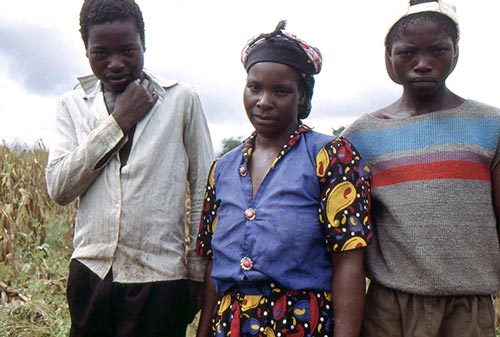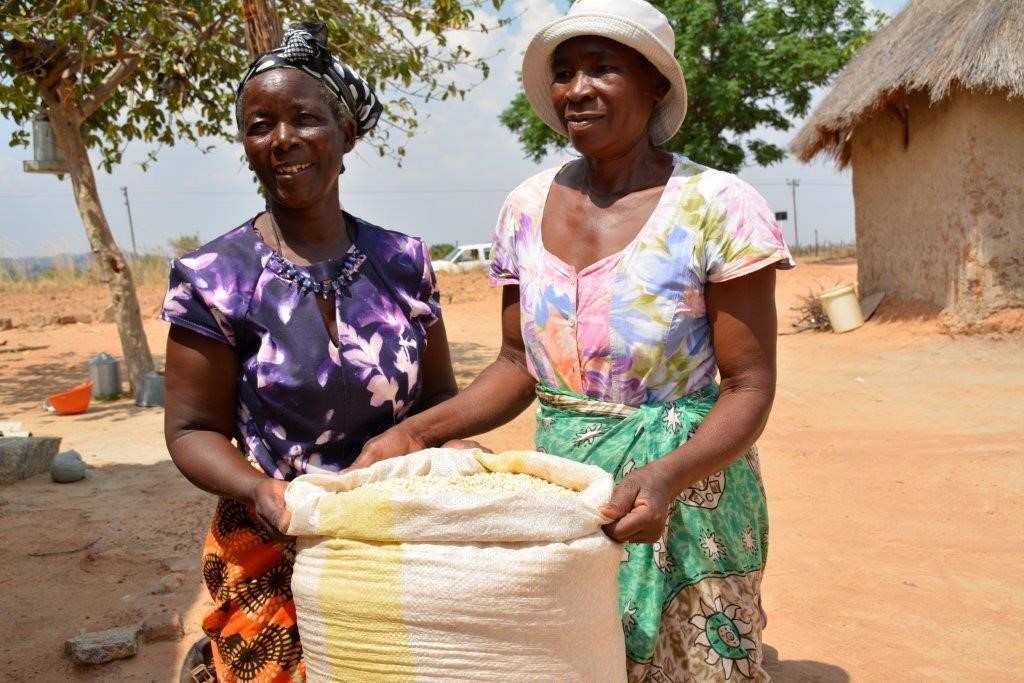 “Maize production is likely to suffer the most due to climate change compared to other crops in Southern Africa,” said CIMMYT physiologist Jill Cairns, who presented on CIMMYT work under the CGIAR Research Program on Climate Change, Agriculture and Food Security (CCAFS) at the FAO Agriculture Coordination & Information Forum in Harare, Zimbabwe, on 25 July 2013. During her presentation on future climate scenarios in Zimbabwe, Cairns focused on adaptation strategies to climate change, temperature and rainfall projections for 2050, and climate change implications for maize production.
“Maize production is likely to suffer the most due to climate change compared to other crops in Southern Africa,” said CIMMYT physiologist Jill Cairns, who presented on CIMMYT work under the CGIAR Research Program on Climate Change, Agriculture and Food Security (CCAFS) at the FAO Agriculture Coordination & Information Forum in Harare, Zimbabwe, on 25 July 2013. During her presentation on future climate scenarios in Zimbabwe, Cairns focused on adaptation strategies to climate change, temperature and rainfall projections for 2050, and climate change implications for maize production.
CIMMYT’s ongoing research in Zimbabwe shows an increase in extreme temperature events and the intensity of droughts, which are conditions likely to reduce harvests and affect the suitability of current crops. Discussing the key adaptation strategies for Zimbabwe, including improved varieties, redefined agro-ecological zones, new policies, and better management, Cairns stressed that the initial climate change projections are not downscaled enough to make decisions at the country level. This is important as agricultural responses to climate change cannot be determined and priorities for adaptation strategies cannot be set without the ability to accurately predict future climate scenarios.
The major climate-related threats to maize in Zimbabwe right now are low rainfall and drought stress under high temperatures. “CIMMYT research in Southern Africa has shown that maize production linearly decreases with every accumulated degree above 30 degrees,” said Cairns. “While the amount of rainfall during the maize growing season in the drought-prone areas may increase slightly, it is unlikely to translate into higher yields as evapotranspiration will increase under higher temperatures.”
The challenges are not easy to tackle, but there are opportunities to offset losses. To mitigate the effect of increased temperature, maize lines with tolerance to combined drought and heat stress need to be developed. Such lines have been already identified and can be used to adapt maize production to climate change in Southern Africa.
The presentation, prepared by Cairns with significant input from CIMMYT specialist in geographic information systems, Kai Sonder, was well received by the FAO representatives.
 Climate adaptation and mitigation
Climate adaptation and mitigation 